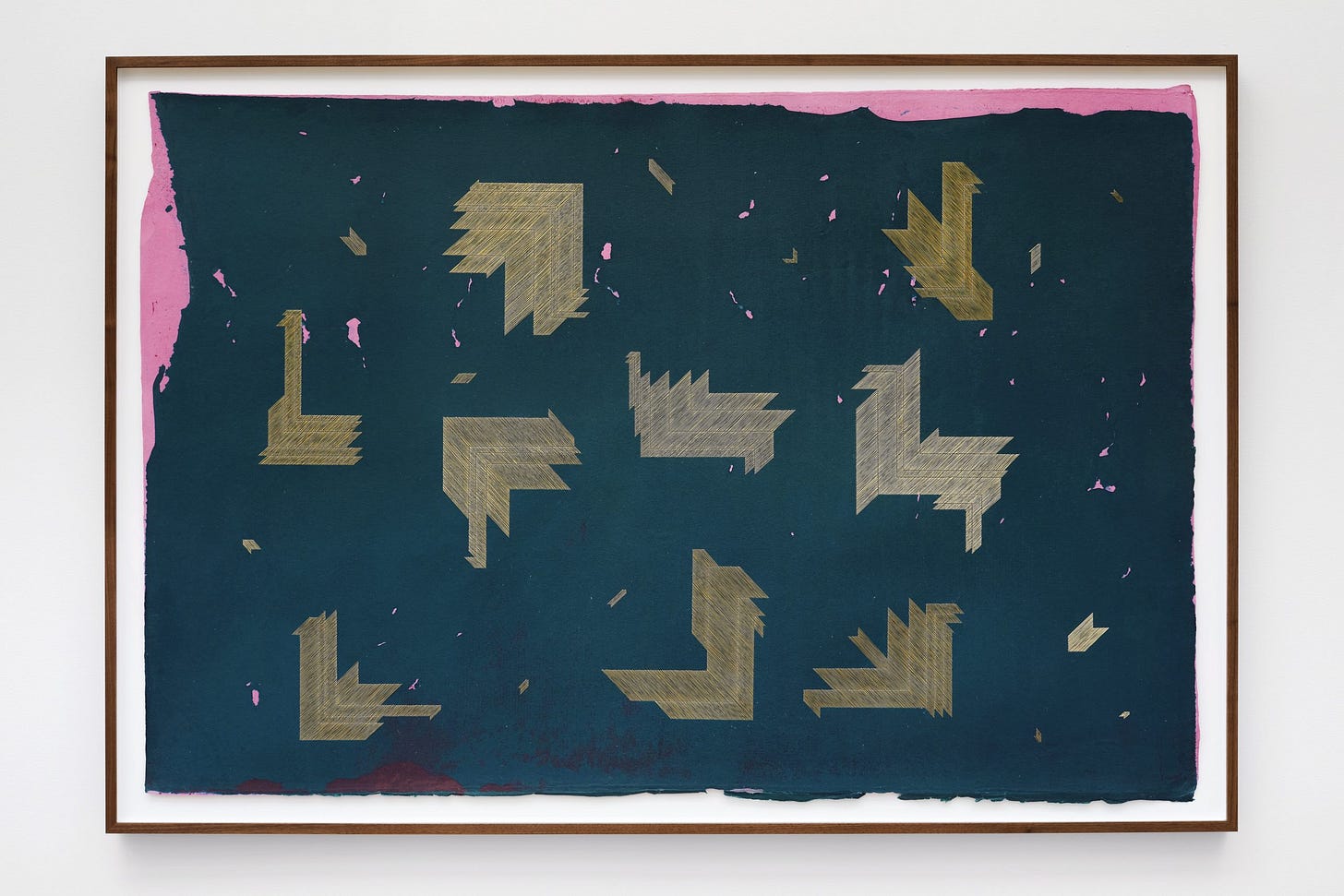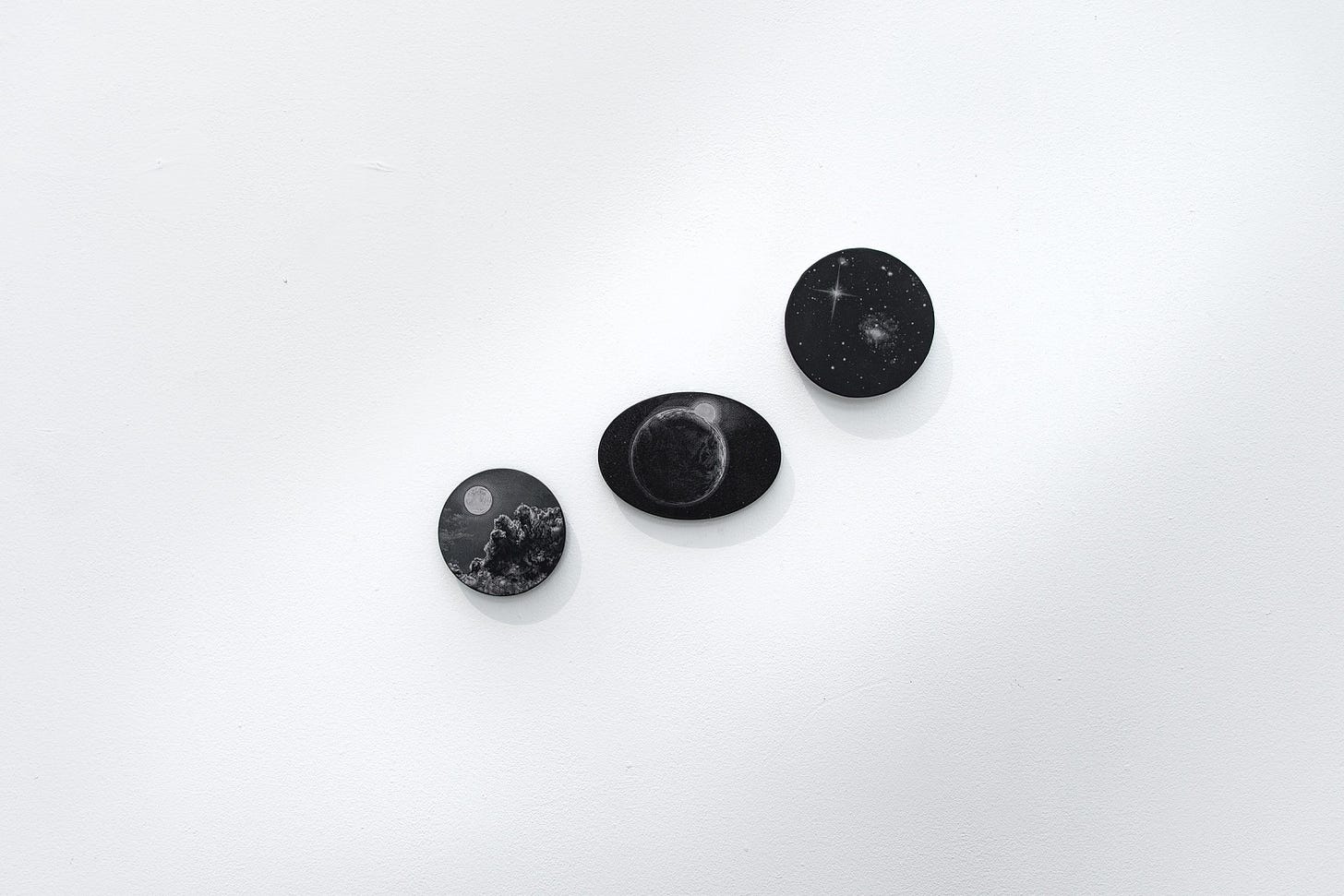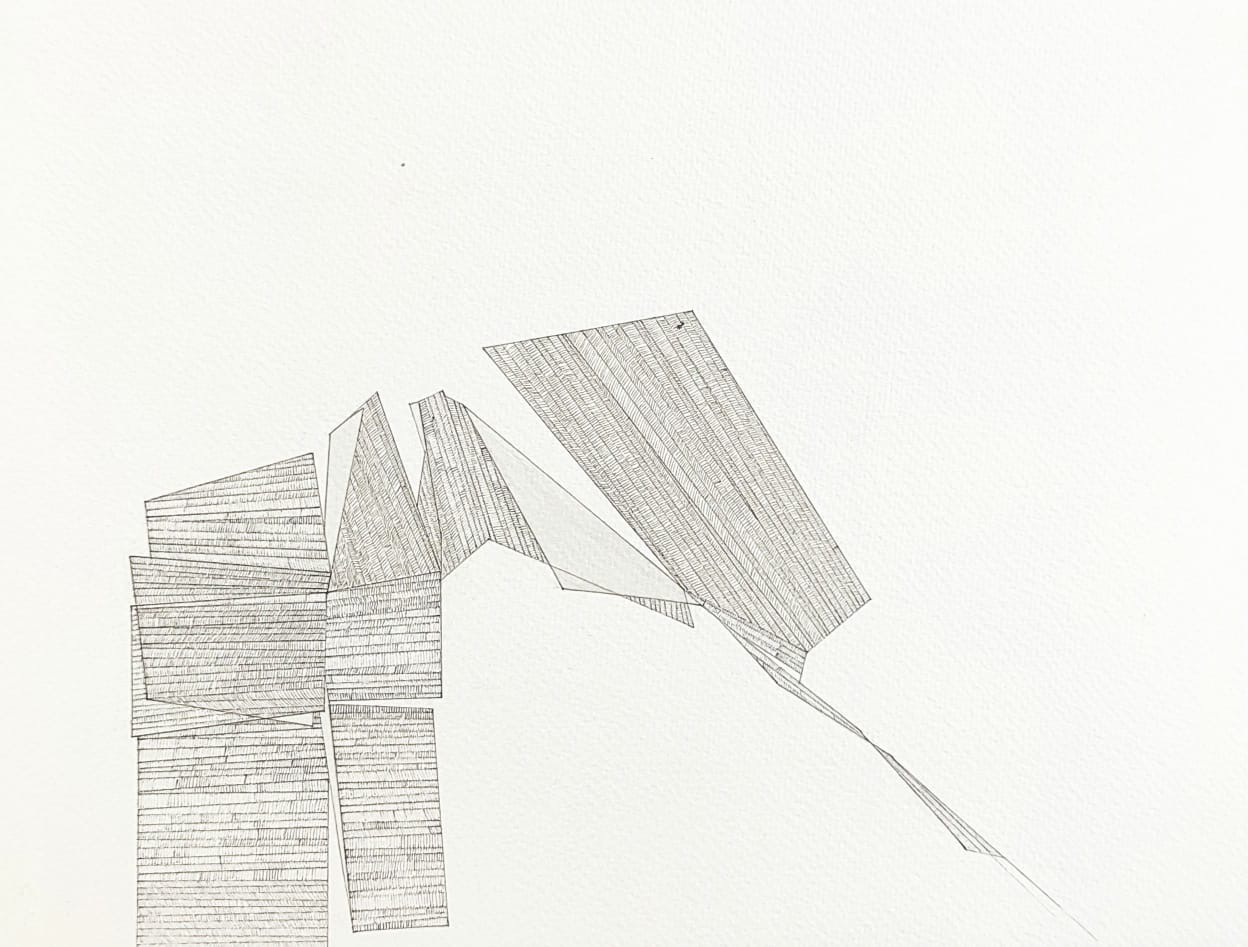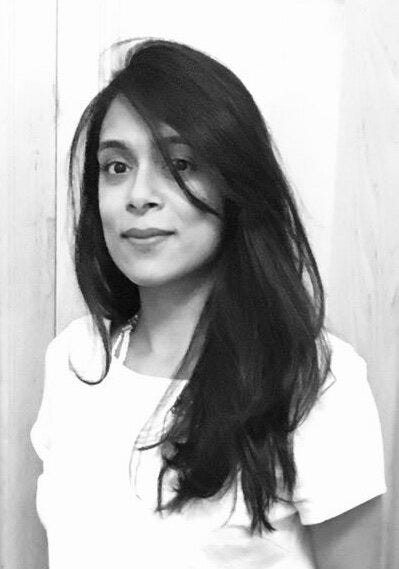Scrapbook's Aesthetes & Artists: Sarah Burney
Curator and Writer Sarah Burney talks about why art is a powerful tool for activism, reflection, and dialogue.
Scrapbook is a reader-supported publication. To receive new posts and support my work, consider becoming a free or paid subscriber. For those who already have, I’m deeply grateful.
This week, I’m delighted to feature an interview with Curator and Writer Sarah Burney, who has been at the forefront of South Asian art here in New York. This is the second interview as part of the Aesthetes & Artists series, which explores how contemporary artists reshape myths and narratives, in the age of polycrisis—a term describing overlapping global crises – and non-alignment, historically rooted in geopolitics. We ask, what is the relevance and purpose of art and myth-making in today's complex world and its impact on humanity's shared values and future.
Enjoy the interview!
What do you create, and what drives you to pursue this creative work?
I’m creating entry points for art. Through exhibitions, essays, and interviews I want to explore how and why an artist made something. These are two “basic” questions but they lead to the most profound conversations on materials, process, identity, art history, politics, and more. I have a studio art degree and worked directly with artists for many years as a studio manager, project manager etc and saw firsthand all the thought that goes into making a single artwork. Being in the studio and being a witness and collaborator of that process I want to center the artist in my work.
How do you interpret the relationship between myth-making and identity in your art? Do you see your work as contributing to the formation of new identities or the deconstruction of old ones?
I’m talking to artists that are actively engaged in myth-making and redefining not just identity but our understanding and construction of identity.
What role do you believe art should play in fostering dialogue around global crises? Do you see art as a tool for activism, reflection, or something else entirely?
All of the above. One of my favorite quotes about art is from an interview of the artist Jonathan Callan. He said “Language is not the perfect emulsion into which all meaning can be dissolved.” I think this gets to the heart of why art is one of our most powerful tools for activism, reflection, and fostering dialogue. It bridges those gaps between our words. It communicates that which we struggle to articulate. Art is also a critical tool for escape, for joy, for levity - which in these times of polycrisis can not be understated. Art nourishes and heals us.
In what ways do you believe art can serve as a counter-narrative to the dominant myths perpetuated by political parties? How do you see your work engaging with or resisting these narratives?
Art has always been simultaneously weaponized for propping dominant myths and rightfully feared for its ability to destabilize them - every tyrant jails the poets and artists. I hope in my work to champion artists who are unafraid to challenge dominant myths and do it in thoughtful and novel ways. It doesn’t always have to be an in your face political statement, quiet work, that slyly seduces is often more powerful.
How do you approach the creation of art in a world where the boundaries between the personal and the political are increasingly blurred? What strategies do you use to maintain the integrity of your vision in such a context?
The personal is political. Especially today, especially for a woman, especially for a woman of color. There is no boundary. My community reinforces my integrity.
How do you think art can contribute to a more nuanced understanding of the 'other,' especially in a political landscape where differences are often exploited for gain?
The Guerrilla Girls always say “If you can make someone laugh, you have a hook in their brain”. Similarly art disarms. We won’t overcome our differences by shouting at each other but I think by telling many different stories, different kinds of stories, and telling stories differently - the way only art can - we humanize the “other.”
In your view, what is the role of materiality in myth-making? How do you use materials in your work to challenge or support existing myths?
I love talking to artists about their decisions regarding materials - it’s probably my favorite part of every interview. Sometimes it’s a very careful, deliberate, decision and other times it’s pure intuition. I want to champion both ways of thinking for us. “Other” artists are sometimes pigeonholed into always being political - in my work I want to create space for us to be whatever we want.

How do you perceive the tension between the need for art to be accessible and its role in challenging or subverting dominant cultural narratives?
Art doesn’t have a monolithic singular audience - what’s accessible for some might not be for others but to be honest I don’t know if I love the word “accessible” here. I don’t think artists should worry about making their art “accessible”; that is the job of the curator, and again I don’t know if I would choose “accessible” as a way to describe what I do as a curator - I think a curator provides the specific context that creates entry points for their community.
How do you see the role of art in the context of community-based narratives, particularly in terms of creating or reinforcing a sense of collective identity amidst global crises?
Art is the most powerful tool in creating a collective identity - I just hope we are always careful to present a plurality in our collective identity. Art can easily be used to flatten narratives.
In the age of polycrisis, where crises overlap and magnify each other, do you think art has the power to address the complexity of these issues? How does your work attempt to untangle or reflect these overlapping crises?
Definitely! I am naturally drawn to art that is complicated, that has multiple interpretations, that doesn’t fit neatly into one box. I hope by engaging with artists who are creating complicated work I am helping shed a light on the intersection.
As an artist/curator/writer, how do you confront the fractures and ruptures in society—whether political, social, or environmental—through your work? Do you see these fractures as opportunities for new forms of myth-making?
Absolutely. These fractures are not just opportunities for new forms of myth-making but also an opportunity to reconsider our past myths and to analyze and restructure our process of myth-making.

Sarah Burney is an independent curator and writer based in New York. Raised in Kuwait and Pakistan, Burney is a specialist of contemporary printmaking and contemporary art from South Asia and the Middle East.
She is curating the upcoming exhibition Krishna Reddy: Heaven in a Wildflower at Print Center New York (2025) and co-curated the exhibitions Adeel uz Zafar: Triad (2024) at Aicon Contemporary (New York), Encounter/Exchange (2022) at Praise Shadows Art Gallery (Brookline, MA), curated The New Minimalists (2018) at the Abrons Art Center (NY), and received a Tulsa Artist Fellowship curatorial fellowship (2019).
Burney has a recurring column on Kajalmag.com titled “One Piece by” and recently published the exhibition essay “Hangama Amiri: Reminiscences” for Union Pacific Gallery (London). Burney partnered with Zarina to co-author one of the artist’s last major publications, Directions to My House published by Asian/Pacific/American Institute, New York University (2018).
She is interested in exploring artists’ materials and processes and diversifying discussions in contemporary art. Her writing and curatorial work is informed by the variety of perspectives Burney has gained in the field, including the studio of Zarina, the Robert Blackburn Printmaking Workshop, the South Asian Women’s Creative Collective, and the Guerrilla Girls.






